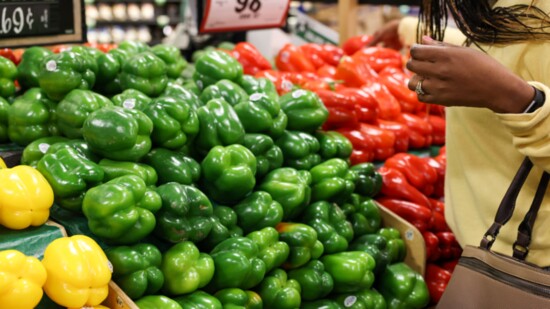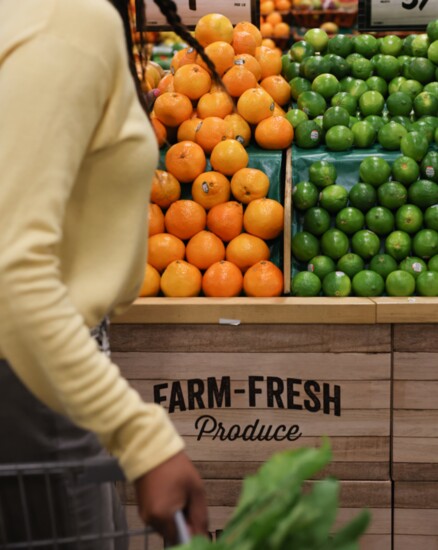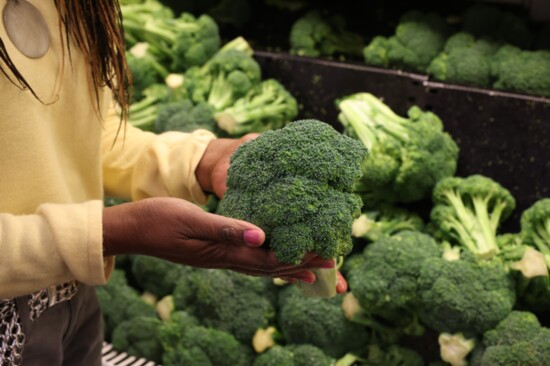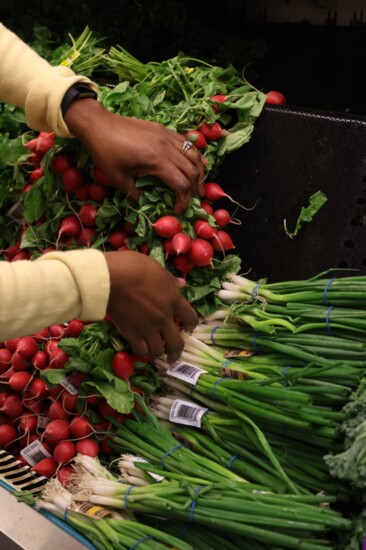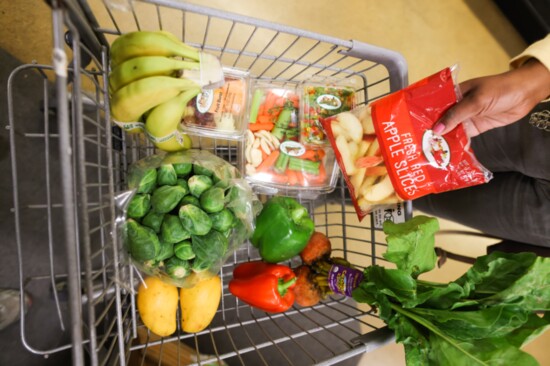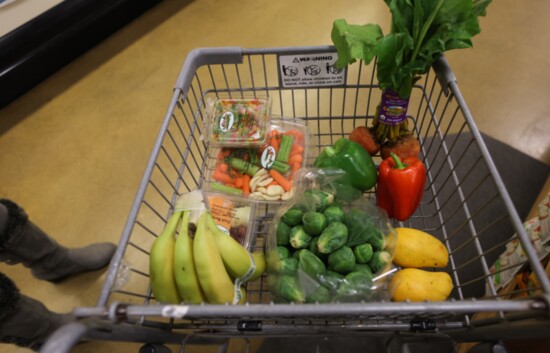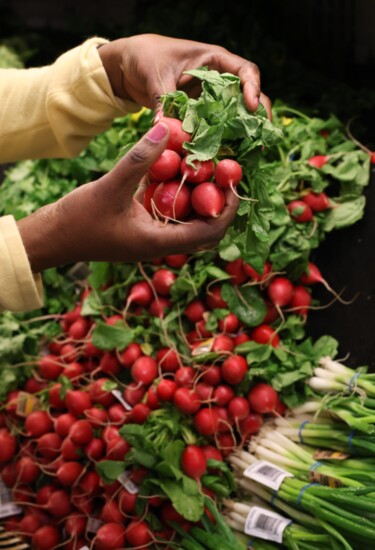If you find yourself skipping meals because you don’t have time, or if you believe eating healthy is unaffordable, fear not and read on!
As a dietitian, I can tell you that eating healthy is easier than you think if you follow these tips:
Tip #1. You can still have a variety of healthy and delicious foods by planning and prepping your meals for the week.
· Preparing whole meals or dishes ahead of time saves a lot of time for busy people.
· Ingredients required for specific meals can be prepped ahead of time to reduce total cooking time in the kitchen.
· Having pre-prepared meals on hand can also reduce portion size and help you reach your nutrition and wellness goals.
· Choose microwave and freezer safe containers for proper storage, including BPA-free plastic, flexible silicone or glassware containers.
Tip #2. Choose ingredients that are versatile and can be used in multiple meals to reduce waste and save money.
· Example: Choose familiar recipes for tacos, chili or spaghetti in the same week to use all your ground beef or turkey. I brown the ground beef and portion it in freezer bags flattened out for space saving freezing and time-saving cooking.
· Pre-cut vegetables can be used for fresh ready-to-eat meals that do not require cooking, like salads and sandwiches or as part of a cooked recipe. Include leftovers in meal planning.
· I also cut up ripe fresh fruits and freeze them to use in smoothies instead of throwing them out.
· Frozen fruits and vegetables often cost less and last longer than fresh ones. They retain high-quality nutrients because they are frozen immediately after being harvested.
· Most frozen vegetables have no additives and preservatives, but some may contain added seasonings, salt, sugar or sauces. Avoid added ingredients by paying attention to the label and ingredient list.
Tip # 3. Make a grocery list before you go shopping
· A list helps limit distractions, keep you on budget, restricts unhealthy impulse purchases and reduces multiple trips for forgotten items.
· Buy kitchen staples to have on hand to make quick simple meals like canned tomatoes, tuna fish or salmon, corn, your favorite beans and grains such as rice, quinoa, barley, farro and whole grain pasta.
· Plan your menus based on grocery store sales and produce that are in season and add beans for plant-based protein.
· Buy extra staples when they are on sale, and don’t overlook the bulk bins to buy just the amount you need.
· Buy pre-prepped items in the grocery store to further save time or use the salad bar for small servings.
Tip # 4. Try not to grocery shop when you are hungry
· Everything looks delicious when you are hungry, and this could lead to unnecessary and unhealthy food purchases.
· The additional calories may not be needed, and food could be wasted if not eaten.
Tip # 5. Healthy snacks are possible
The total amount of snacks you prepare will depend on the required number of snacks planned daily, based on your health and wellness goals.
My snacks of choice include:
· Nut butters with crackers or pretzels
· Fresh fruit (whole or pre-cut)
· Sliced vegetables
· String cheese, Greek yogurt, cottage cheese, hummus
· Home-made trail mix with dried fruit, unsalted nuts and seeds, to limit sugar and sodium intake
Portioning snacks during your overall meal prep prevents mindless snacking without knowing how much you are actually eating.
Meal prepping can improve your health and your life!
Contact: Claudia Martin-Ayoade, MBA, MS, RDN, LD
Registered dietitian/nutritionist at Claudia4RD@gmail.com and agesmartnutrition.com
